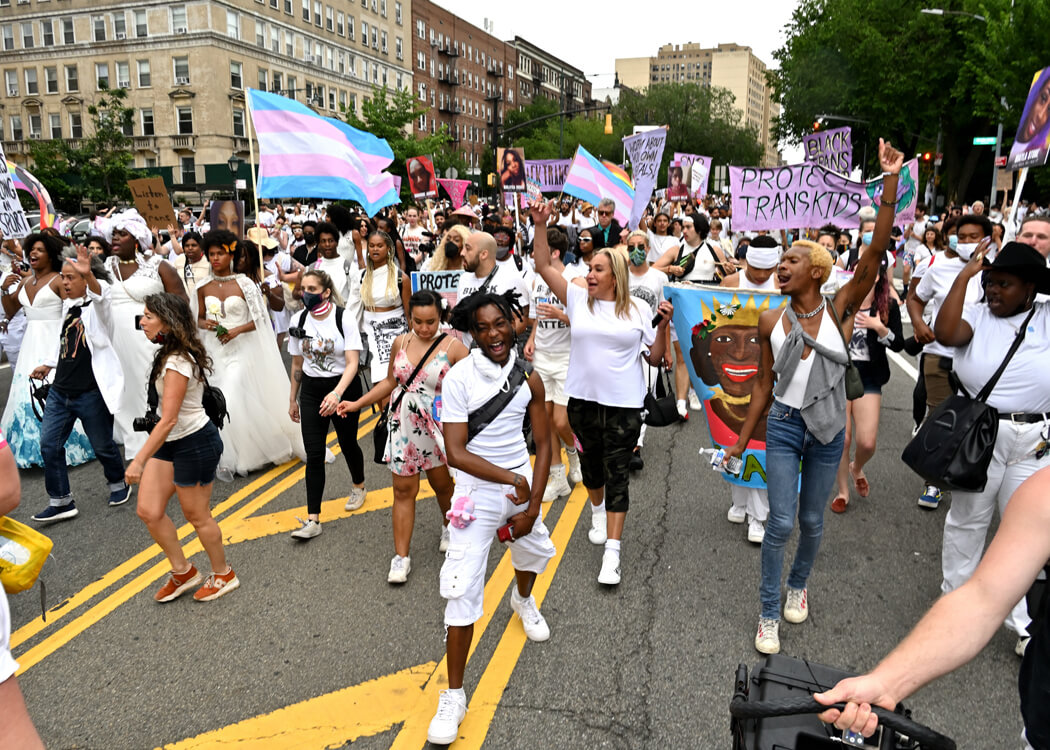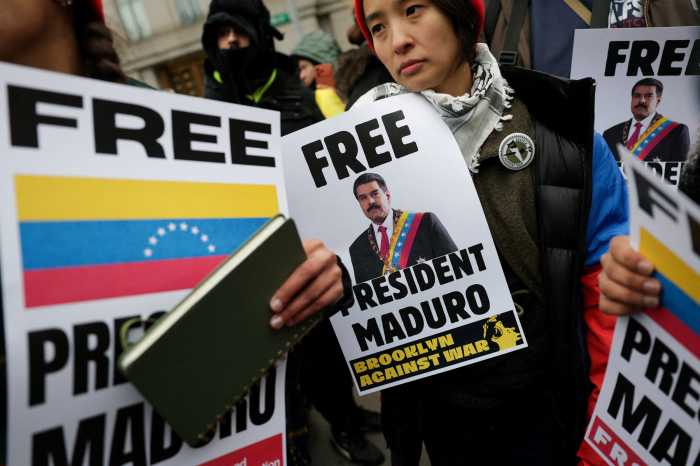A new report highlighting the prevalence of discrimination and harassment against transgender, gender non-conforming, and non-binary (TGNCNB) workers and job seekers in New York State laid bare the need for action — and Governor Kathy Hochul acknowledged that the report “charts a path forward on addressing the barriers they face.”
The state should take swift action to address the glaring disparities highlighted in the report, which was released by the Department of Labor earlier this month as a result of legislation requiring the state to produce an overview of trans employment in New York State.
The report backed up what many advocates have said for years: TGNCNB individuals not only face barriers to employment, but they also face challenges on the job, culminating in a ripple effect of economic disadvantages disproportionately burdening TGNCNB New Yorkers. In one example, a survey found that 15% of trans people were unemployed, while cisgender people reported 7% unemployment. In another example, CDC statistics show that 32% of trans people had a household income under $25,000 — far more than the 13% of cisgender people who reported the same thing. The state’s Division of Human Rights saw more than 1,000 complaints pertaining to discrimination on the basis of gender identity or expression through October of last year, according to the report.
Those statistics were also combined with qualitative data, including comments from workers who complained that they did not bother to report their concerns to their employer because colleagues had already fostered a transphobic atmosphere that also included racist jokes.
These findings present an opportunity for the state to evaluate the data and address the range of systemic issues outlined in the report. From state government to employers, leaders should work with members of the community to outline the best avenues for confronting the disparities and injustices facing TGNCNB New Yorkers — both inside and outside of the workplace.
It has been five years since New York State finalized the Gender Expression Non-Discrimination Act (GENDA), which finally added gender identity and expression as protected categories in the state’s Human Rights Law. In the months and years to come, the new report should serve as a data-driven resource to guide state policy and funding to prioritize TGNCNB New Yorkers.
At a time when many other states are racing to curtail transgender rights and the rights of LGBTQ people broadly, New York must follow through on its pledge to be a “safe haven” for trans youth and TGNC people across the state.
































